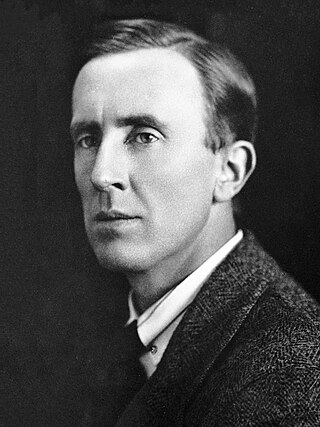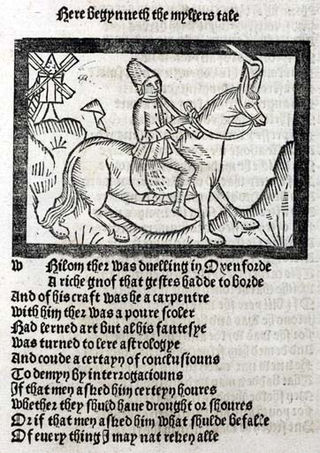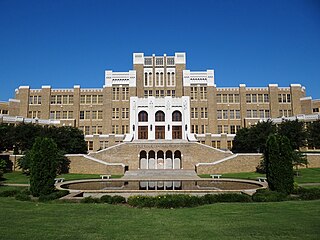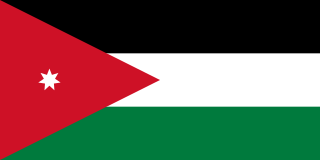Related Research Articles

Persian, also known by its endonym Farsi, is a Western Iranian language belonging to the Iranian branch of the Indo-Iranian subdivision of the Indo-European languages. Persian is a pluricentric language predominantly spoken and used officially within Iran, Afghanistan, and Tajikistan in three mutually intelligible standard varieties, namely Iranian Persian, Dari Persian, and Tajiki Persian. It is also spoken natively in the Tajik variety by a significant population within Uzbekistan, as well as within other regions with a Persianate history in the cultural sphere of Greater Iran. It is written officially within Iran and Afghanistan in the Persian alphabet, a derivative of the Arabic script, and within Tajikistan in the Tajik alphabet, a derivative of the Cyrillic script.

Iran, also known as Persia and officially the Islamic Republic of Iran, is a country in West Asia. It is bordered by Iraq to the west and Turkey to the northwest, Azerbaijan, Armenia, the Caspian Sea and Turkmenistan to the north, Afghanistan to the east, Pakistan to the southeast, the Gulf of Oman and the Persian Gulf to the south. It covers an area of 1.648 million square kilometers, making it the world's 17th-largest country. Iran has around 90 million people, making it the world's 17th most populous country. Its capital and largest city is Tehran with around 16 million people in its metropolitan area.

John Ronald Reuel Tolkien was an English writer and philologist. He was the author of the high fantasy works The Hobbit and The Lord of the Rings.

In the history of Europe, the Middle Ages or medieval period lasted approximately from 500 AD to 1500, although alternative starting and end points exist. The Middle Ages is the middle period of the three traditional divisions of Western history: antiquity, medieval, and modern. The medieval period is itself subdivided into the Early, High, and Late Middle Ages, and the early medieval period is alternatively referred to as the Dark Ages.

The Middle East is a geopolitical region encompassing the Arabian Peninsula, the Levant, Turkey, Egypt, Iran, and Iraq. The term came into widespread usage as a replacement of the term Near East beginning in the early 20th century. The term "Middle East" has led to some confusion over its changing definitions, and being seen as too Eurocentric. The region includes the vast majority of the territories included in the closely associated definition of West Asia, but without the South Caucasus, and additionally includes all of Egypt and all of Turkey.

Volleyball is a team sport in which two teams of six players are separated by a net. Each team tries to score points by grounding a ball on the other team's court under organized rules. It has been a part of the official program of the Summer Olympic Games since Tokyo 1964. Beach volleyball was introduced to the programme at the Atlanta 1996 Summer Olympics. The adapted version of volleyball at the Summer Paralympic Games is sitting volleyball.
Y, or y, is the twenty-fifth and penultimate letter of the Latin alphabet, used in the modern English alphabet, the alphabets of other western European languages and others worldwide. According to some authorities, it is the sixth vowel letter of the English alphabet. In the English writing system, it mostly represents a vowel and seldom a consonant, and in other orthographies it may represent a vowel or a consonant. Its name in English is wye, plural wyes.

Middle English is a form of the English language that was spoken after the Norman Conquest of 1066, until the late 15th century. The English language underwent distinct variations and developments following the Old English period. Scholarly opinion varies, but Oxford University Press specifies the period when Middle English was spoken as being from 1100 to 1500. This stage of the development of the English language roughly followed the High to the Late Middle Ages.

The bourgeoisie is a class of business owners and merchants which emerged in the Late Middle Ages, originally as a "middle class" between peasantry and aristocracy. They are traditionally contrasted with the proletariat by their wealth, political power, and education, as well as their access to and control of cultural, social and financial capital.

The middle class refers to a class of people in the middle of a social hierarchy, often defined by occupation, income, education, or social status. The term has historically been associated with modernity, capitalism and political debate. Common definitions for the middle class range from the middle fifth of individuals on a nation's income ladder, to everyone but the poorest and wealthiest 20%. Theories like "Paradox of Interest" use decile groups and wealth distribution data to determine the size and wealth share of the middle class.

Malcolm in the Middle is an American sitcom created by Linwood Boomer for Fox. The series premiered on January 9, 2000, and ended on May 14, 2006, after seven seasons and 151 episodes.

In various cultures, a middlename is a portion of a personal name that is written between the person's first given name and their surname. A middle name is often abbreviated and is then called middle initial or just initial.

West Asia, also called Western Asia or Southwest Asia, is the westernmost region of Asia. As defined by most academics, UN bodies and other institutions, the subregion consists of Anatolia, the Arabian Peninsula, Iran, Mesopotamia, the Armenian highlands, the Levant, the island of Cyprus, the Sinai Peninsula, and the southern part of the Caucasus Region (Transcaucasia). The region is separated from Africa by the Isthmus of Suez in Egypt, and separated from Europe by the waterways of the Turkish Straits and the watershed of the Greater Caucasus. Central Asia lies to its northeast, while South Asia lies to its east. Twelve seas surround the region (clockwise): the Aegean Sea, the Sea of Marmara, the Black Sea, the Caspian Sea, the Persian Gulf, the Gulf of Oman, the Arabian Sea, the Gulf of Aden, the Red Sea, the Gulf of Aqaba, the Gulf of Suez, and the Mediterranean Sea. The area contains the vast majority of the similarly defined Middle East, but excluding most of Egypt and the northwestern part of Turkey, and including the southern part of the Caucasus.

Linebacker (LB) is a playing position in gridiron football. Linebackers are members of the defensive team, and line up three to five yards behind the line of scrimmage and the defensive linemen. They are the "middle ground" of defenders, playing closer to the line of scrimmage than the defensive backs (secondary), but farther back than the defensive linemen.

A secondary school or high school is an institution that provides secondary education and also usually includes the building where this takes place. Some secondary schools provide both lower secondary education and upper secondary education, i.e., both levels 2 and 3 of the ISCED scale, but these can also be provided in separate schools.

Europe, the Middle East and Africa, commonly known by its acronym EMEA among the North American business spheres, is a geographical region used by institutions, governments and global spheres of marketing, media and business when referring to this region. The acronym EMEA is a shorthand way of referencing the two continents and the Middle Eastern sub-continent all at once.

The Middle East and North Africa (MENA), also referred to as West Asia and North Africa (WANA), is a geographic region. While still referring to most of the Middle East and North Africa together, it is widely considered to be a more defined and apolitical alternative to the grouping of countries that is known as the Greater Middle East, which comprises the bulk of the Muslim world.

Jordan, officially the Hashemite Kingdom of Jordan, is a country in the Levant region of West Asia. Jordan is bordered by Saudi Arabia to the south and east, Iraq to the northeast, Syria to the north, and the Palestinian West Bank and Israel to the west. The Jordan River, flowing into the Dead Sea, is located along the country's western border, while Jordan has a 26 km (16 mi) coastline along the Red Sea in its southwest, separated by the Gulf of Aqaba from Egypt. Amman, the capital and largest city of Jordan, stands as the country's economic, political, and cultural center, as well as the largest city in the Levant.

Qatar, officially the State of Qatar, is a country in West Asia. It occupies the Qatar Peninsula on the northeastern coast of the Arabian Peninsula in the Middle East; it shares its sole land border with Saudi Arabia to the south, with the rest of its territory surrounded by the Persian Gulf. The Gulf of Bahrain, an inlet of the Persian Gulf, separates Qatar from nearby Bahrain. The capital is Doha, home to over 80% of the country's inhabitants, and the land area is mostly made up of flat, low-lying desert.

Middle-earth is the setting of much of the English writer J. R. R. Tolkien's fantasy. The term is equivalent to the Miðgarðr of Norse mythology and Middangeard in Old English works, including Beowulf. Middle-earth is the human-inhabited world, that is, the central continent of the Earth, in Tolkien's imagined mythological past. Tolkien's most widely read works, The Hobbit and The Lord of the Rings, are set entirely in Middle-earth. "Middle-earth" has also become a short-hand term for Tolkien's legendarium, his large body of fantasy writings, and for the entirety of his fictional world.